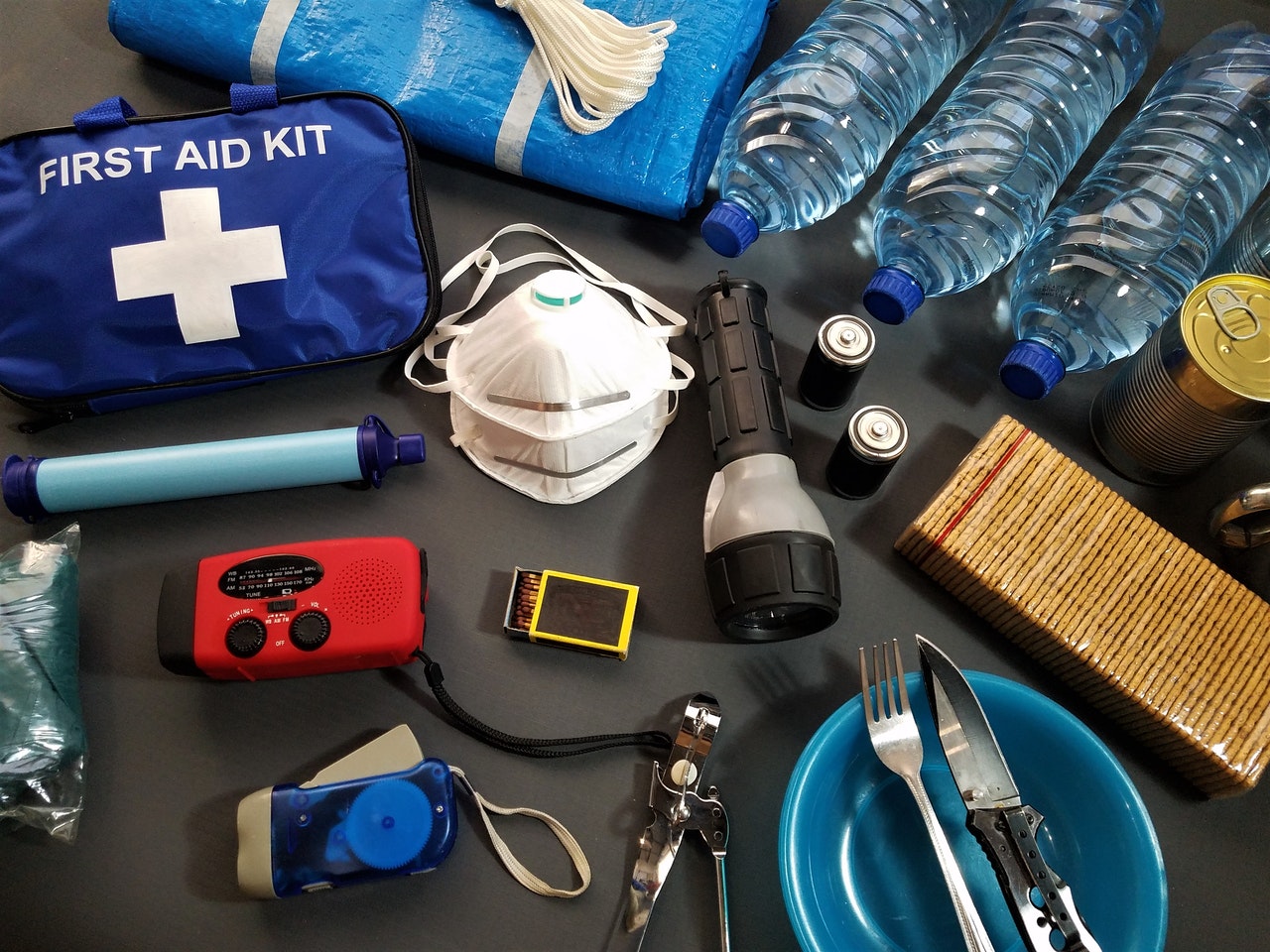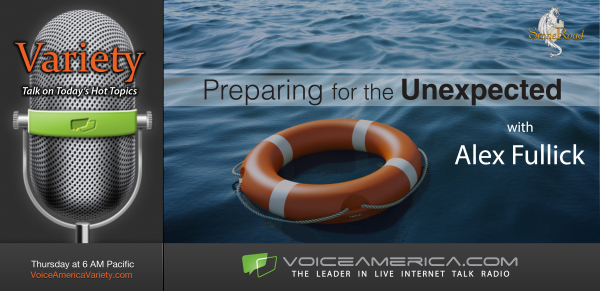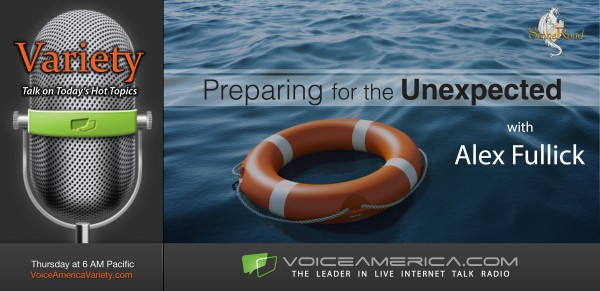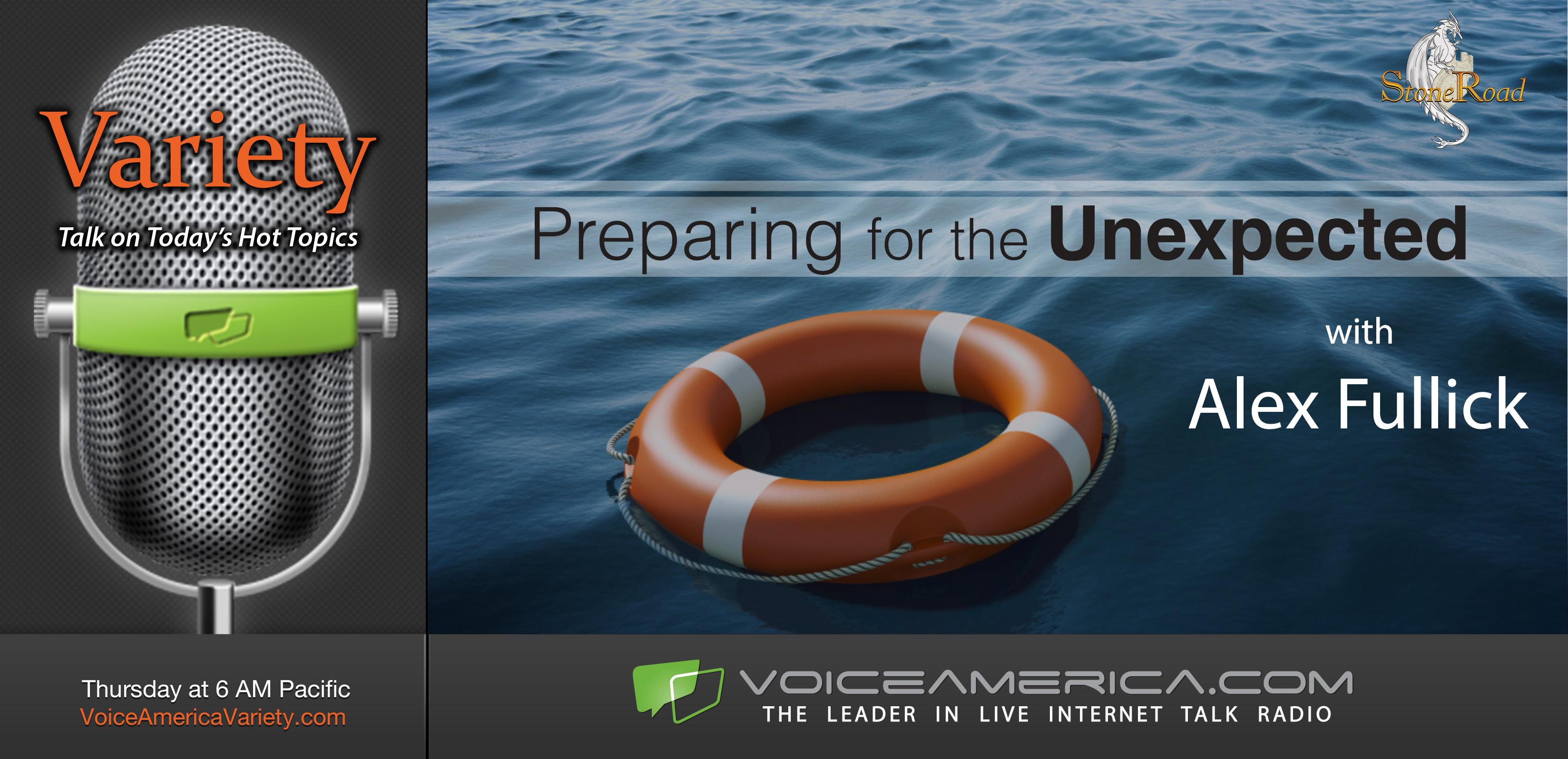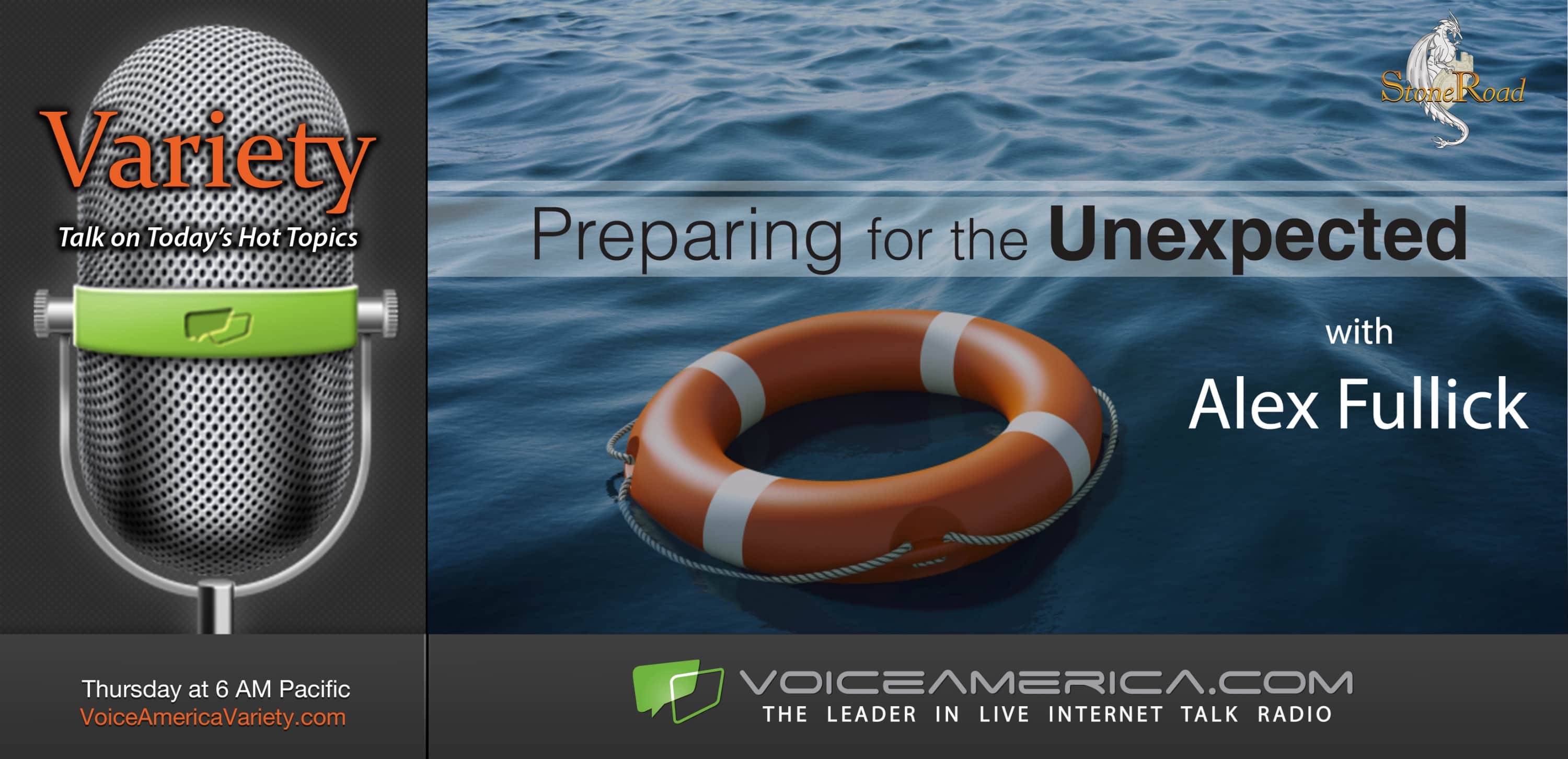8 Things That No Prepper Should Be Without
You never know what’s around the corner, and it’s always better to be prepared with items that...
Read Moreby VoiceAmerica | Jun 11, 2021 | Health & Wellness | 0 |
You never know what’s around the corner, and it’s always better to be prepared with items that...
Read Moreby VoiceAmerica | May 30, 2021 | Empowerment | 0 |
If an emergency occurred while you were at home, work, or play, and you are forced to evacuate to...
Read Moreby VoiceAmerica | Mar 26, 2019 | Variety | 0 |
Join us August 22/19, as we talk to author Chris Clearfield about his co-authored book...
Read Moreby VoiceAmerica | Feb 28, 2019 | Variety | 0 |
On July 25/19 we talk to Dr. Roman Tandlich about Disaster Risk Reduction and Public Health...
Read Moreby VoiceAmerica | Mar 4, 2018 | Variety | 0 |
No matter the industry, the size of your organization, or the location(s) of your business,...
Read Moreby VoiceAmerica | Feb 15, 2018 | Variety | 0 |
Many organizations have plans to help their employees evacuate buildings and get to safe locations...
Read Moreby VoiceAmerica | Jan 30, 2018 | Variety | 0 |
Many organizations have plans to help their employees evacuate buildings and get to safe locations...
Read Moreby VoiceAmerica | Jan 12, 2018 | Variety | 0 |
Join us on January 11, 2018 as we talk to Regional Director Perron Goodyear, about the many...
Read More

